I am working on 3d planet terrain visualization right now. My terrain visualization method is quite common and based on level of detail rendering. There are N levels of detail. One of such level is showed on the picture:

When required level of detail is searched frustum culling is performed.
The frustum culling is performed by intersection of frustum with oriented bounding boxes. These bounding boxes form bounding volume hierarchy, so when zoom in to the blue tile on the sphere is performed its green, yellow, etc parent tiles are checked for visibility.
Intersection of frustum with oriented bounding box consumes too much cpu time. So I'd like to ask what methods are commonly used to perform such kind culling ?